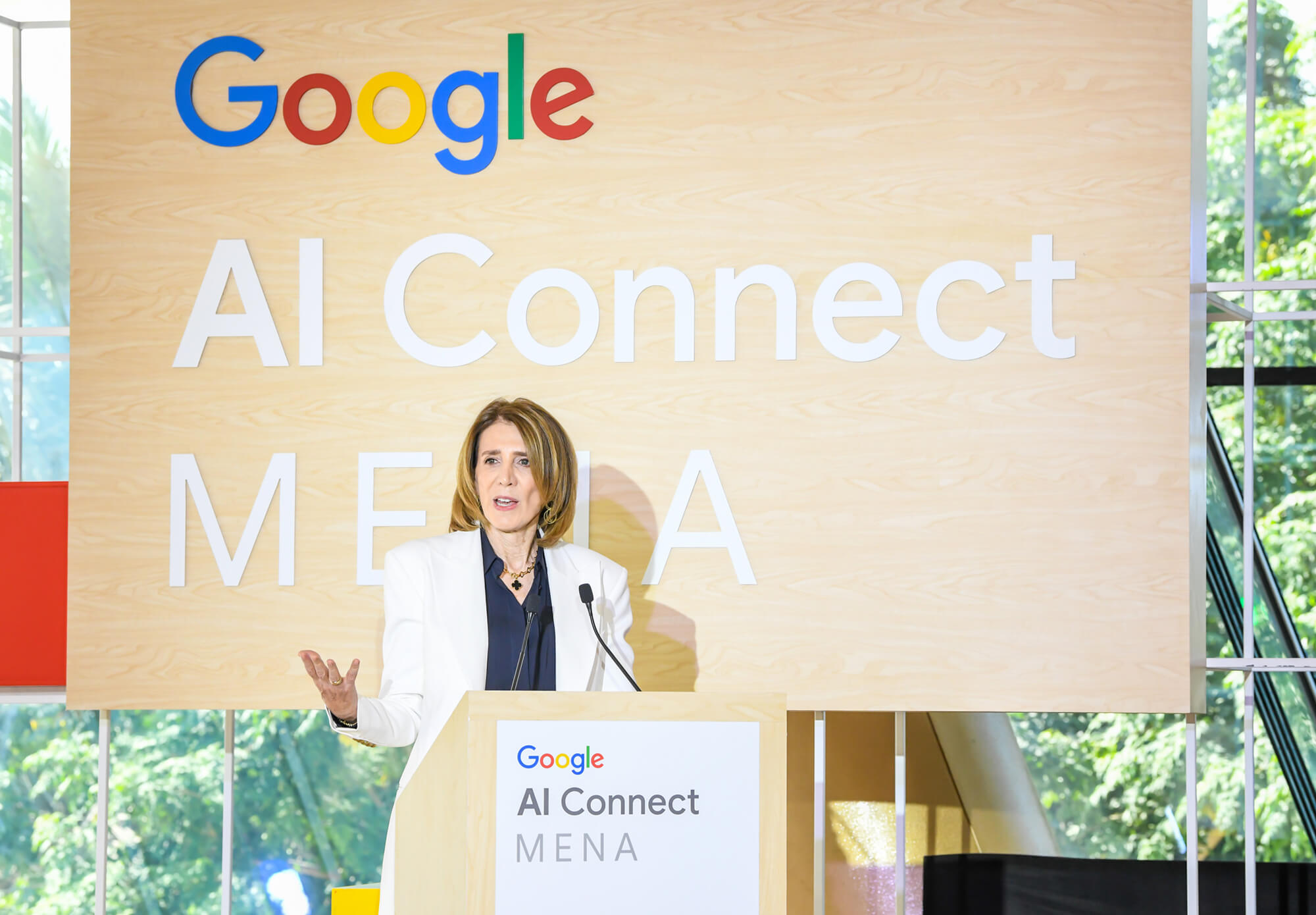
The emerging middle class in China, India and across African countries will soon dwarf the U.S. total consumption, yet U.S. multinational corporations seem to be missing out on the opportunity to tap into this market. This is puzzling, because the U.S. did rise to prominence as the global economic powerhouse between 1920 and 1970 by catering to the needs of a significant U.S. middle-class market, through heavy investments to bring to the market life-changing innovations.
Middle-class (individuals earning between $11 to $110 per person a day) spending in the U.S. is now only 24 percent of GDP, less than half its proportion in 1970. Innovation does not seem to be picking up either for a number of reasons, including the long-term shift of jobs to China, Mexico and others as well as the poor records on Science and Technology education.
{mosads}Meanwhile, middle-class consumption in China, India, Brazil and Russia together is $8.6 trillion twice as big as in the U.S. ($4.2 trillion), and it is expected to be six-times bigger by 2030 $27.9 trillion vs. $4.7 trillion.
However, only 4 percent of the total assets of U.S. multinationals (and affiliates) are invested in all these countries combined. In contrast, in the U.K. only, U.S. multinationals invest five times more, yet the U.K. middle-class consumption is 1 trillion, less than a quarter of that of the U.S.
This seems to indicate that U.S. multinationals view the giant global middle-class market just as an appendage of the U.S. market.
Such a conservative strategy may not be working well, even for likes of Whatsapp, Uber and Amazon. In India, Paytm, a company that allows merchants and consumers to send money with a few taps on a smartphone, invaded the WhatsApp’s instant-messaging territory in a preemptive move against its incursion into person-to-person payments.
Paytm has a stronger foothold in the lucrative money-transfer market and claims 230 million users in India, 30 million more than WhatsApp. In China, Tech In Asia, reports that Uber lost the battle against Didi because it was unable to cater to Chinese ride-sharing preferences; and WhatsApp’s simple features have not been that appealing to Chinese users compared to the expressive ones of WeChat.
Chinese buyers also like Alibaba’s richer set of features that enable them not only to see seller reviews, but talk to sellers, build a relationship and even haggle — features that Amazon does not offer. Sellers seem to like this too: Alibaba counts more than 8 million sellers worldwide, four times more than Amazon.
The global middle-class is not a replica of the U.S. consumer. They emerge from countries that are developing; they need regionally relevant products and services that are, at the same time, affordable, accessible and sustainable. It is difficult to imagine the hundreds of millions of senior Chinese men and women, living in a culture without enough young people or other means to take care of them in their old age, in hot pursuit of camera goggles or concerned about sharing pictures of their dinner on social media. Nor is it easy to conceive that centralized, specialized and compartmentalized modes of production will start seducing the billion Gen Z “digital natives,” who shape the open source digital culture and reflect the market’s’ ever-changing needs.
To be sure, it may not be easy for U.S. multinationals to tap into the Indian or Chinese middle-class markets as governments do not always provide a level field to foreign companies. While institutional voids or political uncertainty may explain in part why U.S. corporations shy away from emerging markets, more often than not, they face hurdles made in America. U.S. firms have less experience entering emerging markets because they have focused on the better-known domestic market.
Well known are the examples of Ebay’s transition from market leader in the Chinese fledgling market to virtually exit that market in just three years, Mattel’s inability to gain a competitive position in the lucrative toy market in China, or GM’s decision to stop selling cars in India.
The race is still on for some U.S. multinationals (both Ebay and Mattel are trying to get back in the game), but it seems that users in China do prefer products such as Didi and WeChat as opposed to Uber and Whatsapp, respectively, not because of government coercion but just because they like their features better. U.S. multinationals must start by building a sizable and strong foreign asset base, emphasizing local research and development efforts to cater to the global middle-class needs.
Another hurdle is that U.S. multinationals do not rely nearly as much on government financial and technical support as their Chinese, Indian or Brazilian competitors. Nevertheless, U.S. corporations could use their access to a deep pool of resources and financial networks to commit resources and compete elsewhere, even without the support of the U.S. government. Their reputation for reliability precedes them, but this advantage will not last as foreign competitors will improve.
Further, U.S. multinationals often refrain from participating in the 60 trillion foreign infrastructure market because foreign governments prefer companies to be responsible for the costs of completing whole projects, not just parts of them. The time may also be ripe for the U.S. multinational companies to shift from the 20th century practices of field specialization and narrow goals, which worked for old manufacturing assembly lines, but are misaligned with the needs of the new emerging powers.
Global economic leadership requires U.S. firms to get over the rooted inward-focused mindset, institutions and culture that often times constrain them. They must abandon the idea that the global middle class is just an extension of the U.S. market and embrace the fact that the global middle class is the force that drives economic growth and will continue doing so in the foreseeable future.




